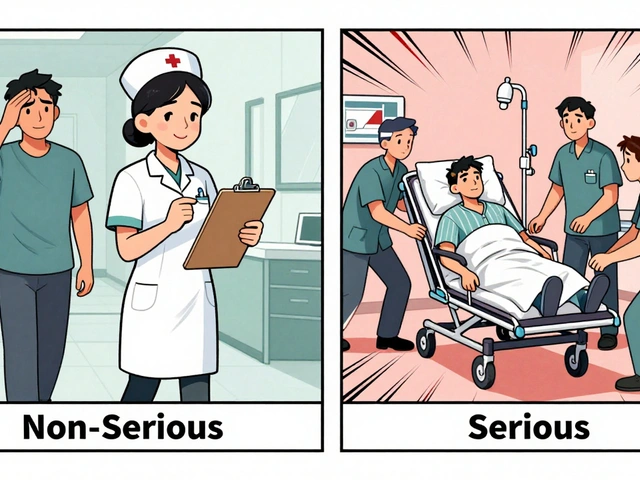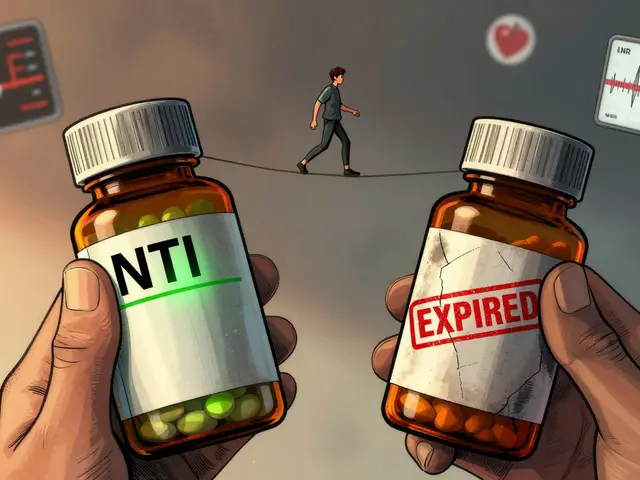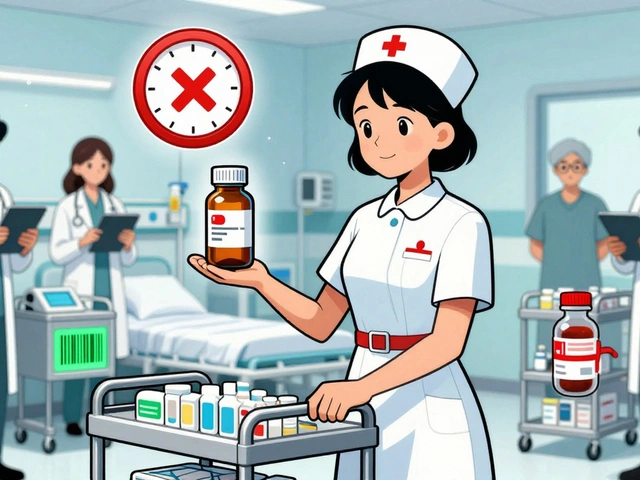Drug coupons: cut prescription costs without the guesswork
Paying full price for medicines sucks. Drug coupons can lower the bill a lot if you know what to look for. This page gives practical steps to find real coupons, use them safely, and get the biggest discount without risking problems at the pharmacy.
How drug coupons work
There are three common coupon types: manufacturer coupons, pharmacy coupons, and discount-card offers. Manufacturer coupons usually target brand-name drugs and are issued by the drug maker. Pharmacies sometimes run their own promos or loyalty programs that reduce price at checkout. Discount cards and third-party coupon sites show lower cash prices — they act like a middleman between you and the pharmacy’s pricing.
Coupons often work like this: present the coupon at the pharmacy (or show the barcode on your phone) and the cashier applies the lower price. Some coupons are for co-pay assistance and won’t work with government programs like Medicare. Always check the fine print on eligibility and expiration dates.
Smart ways to use coupons
Compare prices before you buy. Use at least two sources — the pharmacy’s price, a coupon site, and the manufacturer’s offer. Call the pharmacy to confirm they accept the coupon and ask if the discounted price beats your insurance copay. Sometimes the coupon wins; sometimes insurance is cheaper.
Stacking is limited but worth trying. You can combine a pharmacy membership discount with a manufacturer coupon in some cases, but most pharmacies don’t allow stacking multiple manufacturer offers. Ask the pharmacist what combos are allowed.
Use coupons for short-term savings and consider assistance programs for long-term therapy. If your medication is expensive, manufacturers often offer patient assistance or savings cards for eligible patients — this can cut costs dramatically if you qualify.
Watch for red flags. Avoid coupon codes from sketchy marketplaces or random social posts. Legitimate coupons come from manufacturer websites, trusted coupon services, or big pharmacy chains. Don’t give extra personal info beyond what the pharmacy needs, and never pay to access a free coupon.
Tips that work right away: always check the coupon’s expiration date, show it at pickup (not just at delivery), ask for a generic if available, and keep a screenshot or printout as backup. For mail-order meds, confirm the coupon applies to mail-order fills — rules differ.
Who benefits most? People without insurance, those with high-deductible plans, and anyone paying cash for branded meds. If you have Medicare, be careful: some coupons aren’t compatible with federal drug coverage.
Want more help? Safe-Pills.com has reviews of online pharmacies, guides on buying specific drugs safely, and articles on alternative cost-saving options. Browse our posts to match a coupon strategy to your meds and situation.
Use coupons smartly and you can cut monthly drug costs without cutting corners on safety.

How to Slash Prescription Costs Without Health Insurance in 2025
Struggling with expensive meds and no insurance? Here’s how you can cut prescription costs using coupon sites, cards, and trusted online providers—even in 2025.
View More




